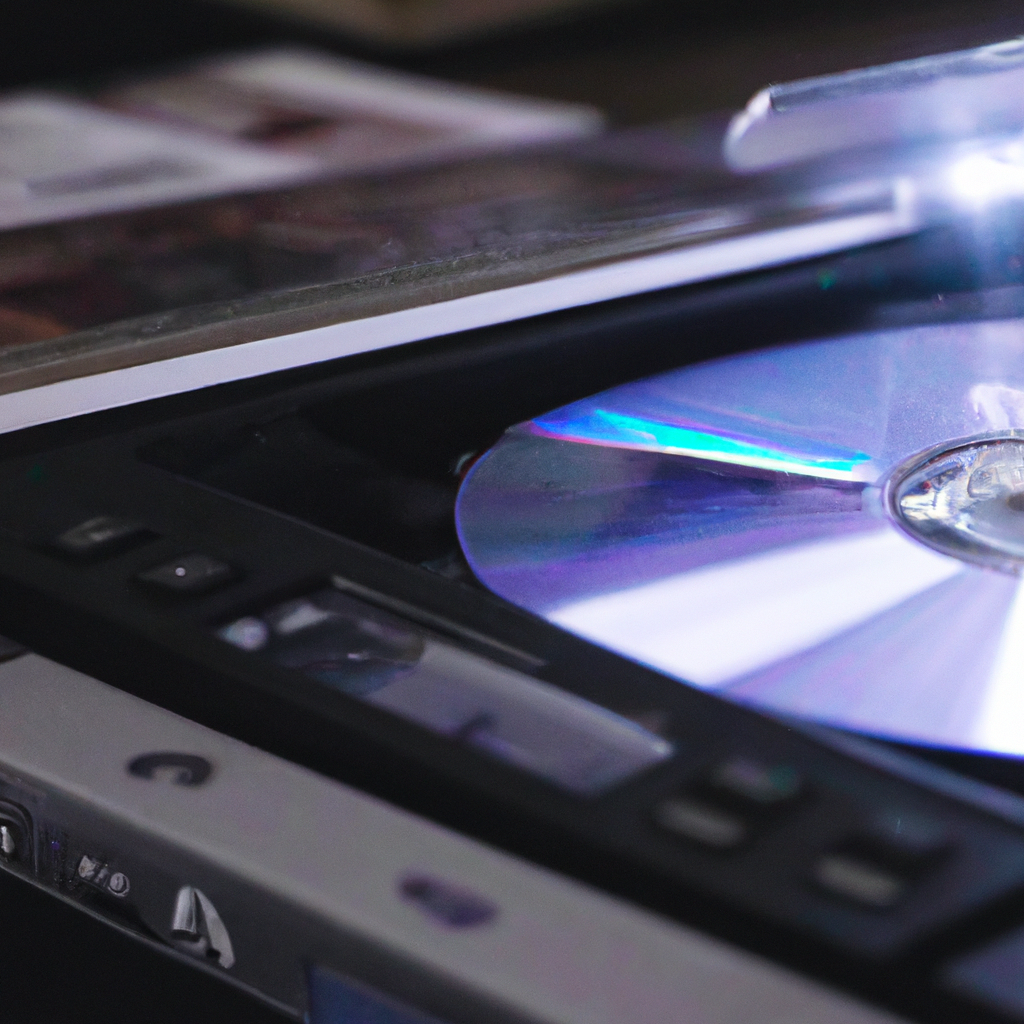DVD players have become an indispensable part of home entertainment systems, providing a high-quality viewing experience for digital videos, movies, and other multimedia content. But, have you ever wondered how a DVD player reads DVDs? In this article, we will explore the technical aspects of this electronic device and its working principles.
What is a DVD player, and how does it work?

A DVD player is a multimedia device that plays optical discs formatted with digital video and audio content. The disc format is based on the “Digital Versatile Disc” or DVD standard, which allows for high-quality video and audio playback. A DVD player uses laser technology to read the data stored on the disc and convert it into digital signals that can be displayed on a TV or monitor.
Optical Disc Technology
Optical discs, such as DVDs, use microscopic pits and lands to store data. The pits are small depressions on the disc surface, while the lands are flat areas. The size and arrangement of these pits and lands vary to encode digital information, such as video and audio, onto the disc. The DVD player uses a laser to read these pits and lands, interpreting them as digital information.
Laser Technology
Laser technology is the key to how a DVD player reads DVDs. The laser in the DVD player emits a beam of light that shines onto the disc surface. As the disc spins, the laser moves across the disc surface, reading the microscopic pits and lands. The laser is focused on the disc surface by a lens, which adjusts its distance from the disc to allow for accurate reading of the data.
Data Storage
DVDs have a high storage capacity, allowing for the storage of large amounts of digital video and audio content. The data on the disc is arranged in a spiral track that starts from the center of the disc and spirals outwards. Each track is divided into sectors, which contain a fixed amount of data. The DVD player reads these sectors sequentially, allowing for continuous playback of the video.
Digital Video Processing
Once the DVD player has read the data from the disc, it must process it into a format that can be displayed on a TV or monitor. The digital video on the disc is compressed using a codec, such as MPEG-2, to reduce the amount of data required for storage. The DVD player then decompresses the video and converts it into a format that can be displayed on a TV or monitor.
Conclusion
In conclusion, a DVD player is an electronic device that uses laser technology to read optical discs formatted with digital video and audio content. The laser reads microscopic pits and lands on the disc surface, converting them into digital signals that can be displayed on a TV or monitor. The data on the disc is arranged in a spiral track, and the DVD player reads the data sequentially, allowing for continuous playback of the video. DVD players have become an essential part of home entertainment systems, providing a high-quality viewing experience for digital videos and movies.






